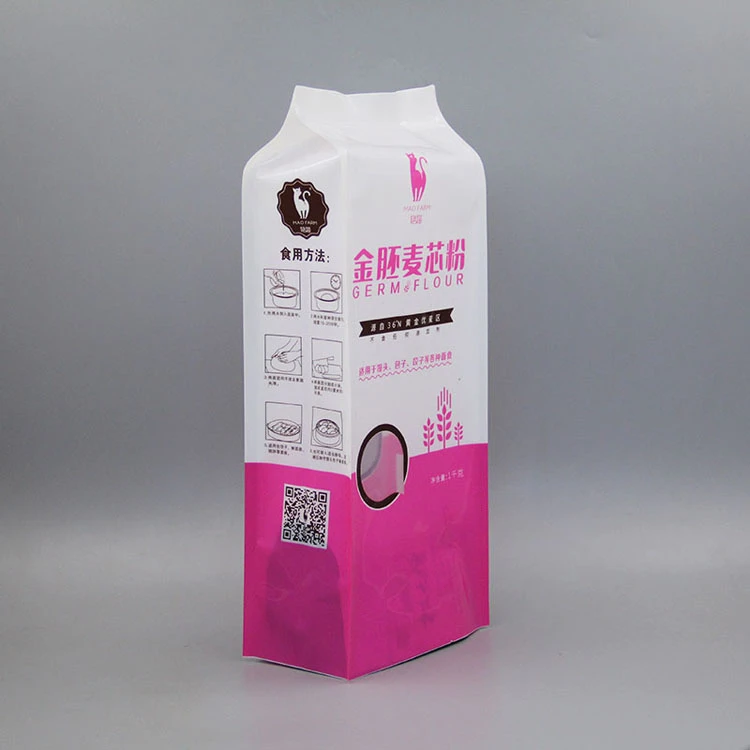Sterilization of dental instruments is a critical process that ensures the safety and hygiene of dental procedures. Proper packaging of these instruments before sterilization plays a vital role in maintaining their sterility until the point of use. This article delves into the detailed process of packaging dental instruments for sterilization, emphasizing the necessity of compliance with sterilization standards, the use of appropriate materials, and the importance of monitoring sterilization parameters.

The efficacy of sterilization largely depends on the proper cleaning, drying, and packaging of dental instruments. Initially, instruments must be thoroughly cleaned to remove any debris or biological material. Residues can shield microorganisms during the sterilization process, making cleaning an essential first step. After cleaning and drying, instruments must be carefully arranged in sterilization pouches or wraps.
Using high-quality sterilization pouches or wraps is paramount. These materials are specially designed to allow penetration of sterilizing agents like steam, but also maintain a sealed environment afterward. Dental professionals should choose packaging materials that have been validated for their specific sterilization process, whether it be steam, dry heat, or chemical vapor, among others. It’s important to ensure that packaging materials are approved by regulatory standards such as the FDA, ensuring that they are safe and effective.

For effective packaging, instruments should not be overcrowded in a single pouch or wrap; doing so can hinder proper exposure to the sterilizing agent. Instruments should be organized in a single layer where possible, and heavy instruments should be placed at the bottom. It’s crucial to seal pouches securely, using methods that don’t compromise the material’s integrity. Self-sealing pouches with a quality adhesive or heat-sealed edges provide reliable barriers.
Identifying packaged instruments with sterilization indicators is another best practice. These indicators change color when exposed to the correct sterilization conditions, providing a visual confirmation of the process. Users should incorporate both chemical and biological indicators to routinely verify the effectiveness of the sterilization process.
packaging dental instruments for sterilization
Technological advancements have introduced new levels of monitoring and automation to the sterilization process. Digital autoclaves with sophisticated cycle tracking and electronic sterilization logs enhance validation processes. These tools improve compliance with international standards, building a robust framework of trustworthiness in dental practices.
Packaging should also consider the organizational efficiency in a dental clinic. Color-coded pouches or labels can facilitate quick identification of instrument sets, reducing errors in procedure preparation. Many dental practices find benefit in organizing instruments into procedure-specific packaging, tagged with relevant information for each set's particular use. By maintaining this level of organization, clinics can assure that correct and sterilized instruments are consistently utilized.
Strict adherence to protocol in the packaging stage extends to storage considerations post-sterilization. Sterilized packages should be stored in clean, dry, and well-ventilated areas to maintain sterility. Sterilization experts recommend use-by dates on packaged instruments to manage sterility effectively, reducing any risk of contamination over time.
Training and continual education in sterilization tech and technique are pillars for maintaining high standards in dental practices. Through consistent training and audits, clinics can ensure that all team members are well-versed in the most up-to-date protocols, understanding both the science and the vital importance of sterilization in patient care. This relentless commitment to expertise not only ensures compliance but also establishes a reputation of reliability and safety, building trust with every patient served.
Packaging dental instruments for sterilization is more than a procedural task; it represents a commitment to patient safety and effective health practices. Through carefully selected materials, rigorous training, and thoughtful organization, dental professionals validate their role as guardians of health and hygiene, ensuring every step toward patient care is grounded in excellence and trust.